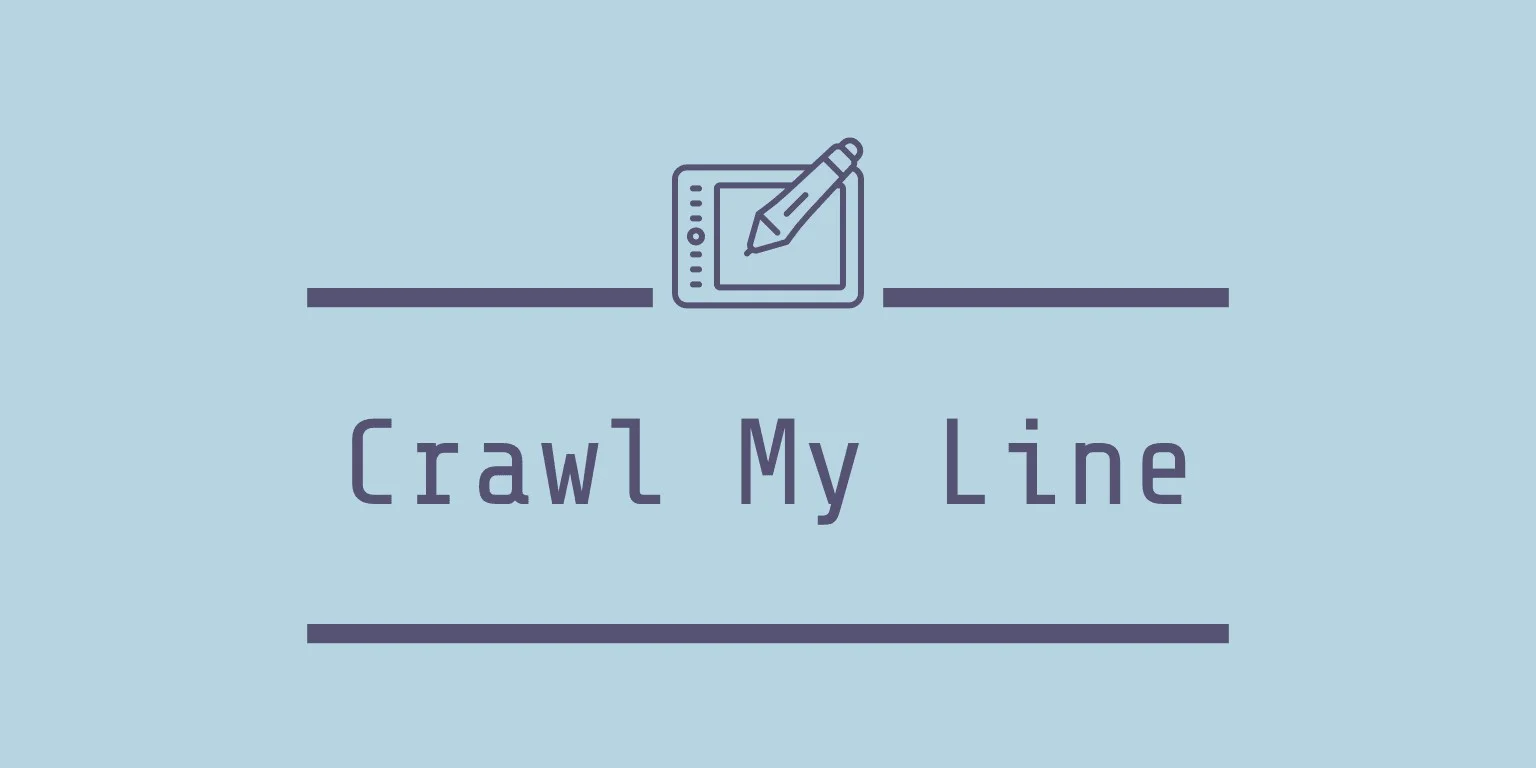How does CrawlMyLine provide SEO services? First, let’s look at what this page contains. It shows your website structure, primarily a hierarchical listing of pages. When visitors have trouble finding a specific page, they’ll visit the navigational page to help them. Search engines may also visit this page if they’re having trouble locating the pages you’re trying to get to. However, this page is generally aimed at human visitors, not search engines.
Graph of crawl data for each category
A graphical representation of the CrawlMyLine services Google uses to index your site’s content can be helpful in understanding how these services are performing. To start, you can see which types of resources Google crawls and the number of times each was accessed. You can also check whether your website is slow or unavailable by comparing the response time of different file types. Graphs of CrawlMyLine data by category of crawling services can also help you understand whether your site is performing as it should or not.
The graphs are displayed in a tree format. Graphs that represent websites in this way are often more informative than simple tables, and are ideal for quick comparisons and recommendations. Tree graphs represent URLs as circles and the shortest path is represented by a hyperlink. You can even flip it from top to bottom to see all the URLs at once. A tree graph can display as many as 10k URLs at once.
Canonicalization
When you need to increase search engine rankings, you need to make sure your website is optimized for canonicalization. Canonicalization is a practice in IT that creates several versions of a page with different content. Although this can improve search engine optimization, it can also create problems pertaining to duplicate content and confusion. You should only use canonicalization if you have already implemented other changes to your website, such as changing the URL.
Google will select a canonical page based on a variety of factors, including the quality of your site, the presence of the URL in your sitemap, and the content and performance of the pages. If you have duplicate pages, Google may choose one or the other based on the content and performance of the site. Nevertheless, you should follow general SEO guidelines to ensure your site is optimized for both canonicalization and duplicate content.
Nofollow SEO is numerous
The benefits of Nofollow SEO are numerous. It helps you increase the domain authority, which advertisers value. It also improves your site’s page rank, as the search engines prefer websites with good metrics. To know the quality of your links, you can use tools like Moz or Ahrefs, which provide complete data about all the links on your website. Adding relevant links is the best way to boost your page ranking, but you must be careful when choosing a link.
The nofollow attribute was initially introduced in 2005 in response to comment spam. Spammers were spamming blogs and comment sections by leaving links to their own websites. This created a problem because the links from spammy sites ranked higher than the legitimate ones. Google decided to address the problem by developing the nofollow link HTML tag. It is now mandatory to use nofollow links for paid links. Crawmyline offers comprehensive Nofollow SEO services and can help you get your site ranked high in Google.
XML sitemaps including Google
XML sitemaps can help with the optimization of websites, including Google. This type of file contains a variety of meta information, such as URLs and content. It can also be useful for addressing a wide variety of technical SEO issues. Sitemaps are one of the most commonly used methods of announcing new pages or URLs to search engines. XML sitemaps notify Google ahead of time about changes to your website.
These sitemaps allow Google to index your entire website, even those pages you didn’t create. Search engines index your website based on links to pages within the site. Without links, Googlebot might never find your website. XML sitemaps help Google take these pages into account when performing a search. The pages you include in your sitemap should be the ones that your users most often visit, as well as those that have high-quality content. Sitemaps should only contain URLs that search engines can access.
URL Inspection can help SEO experts identify CrawlMyLine
URL Inspection can help SEO experts identify which pages on a website are slow, causing visitors to leave before they’ve finished browsing. Google has announced that it will soon release a URL inspection tool for its search engine results. This new tool will help SEO experts discover which pages are slow and why. This tool was built by Barry Schwartz, Contributing Editor at Search Engine Land and member of the programming team at SMX conferences. He runs the Search Engine Roundtable blog and owns RustyBrick, a web consulting firm, and can be followed on Twitter.
The URL Inspection tool will tell you whether your page is in Google’s index. But this doesn’t mean that it is showing up in Search results. You must be sure that the page has the right structured data, or else your page will not appear in Google’s results. Also, the tool doesn’t take into account if your page has been blocked, or if you have manually removed content. That’s the biggest flaw in the URL Inspection tool.





